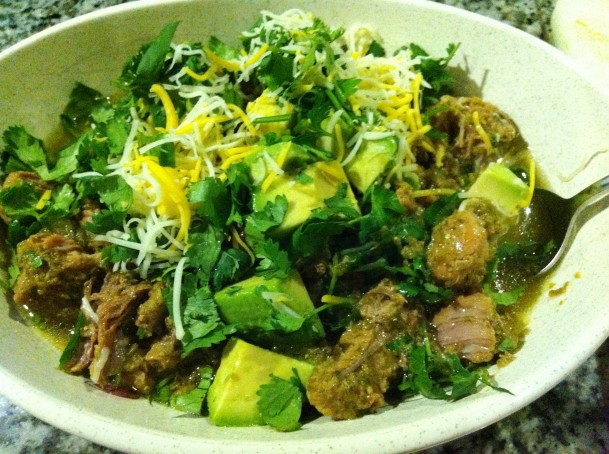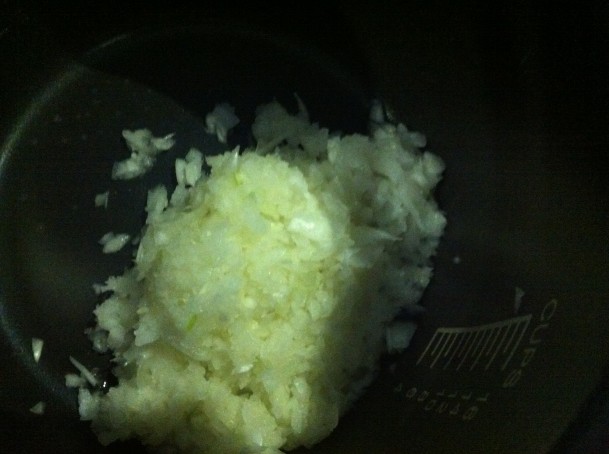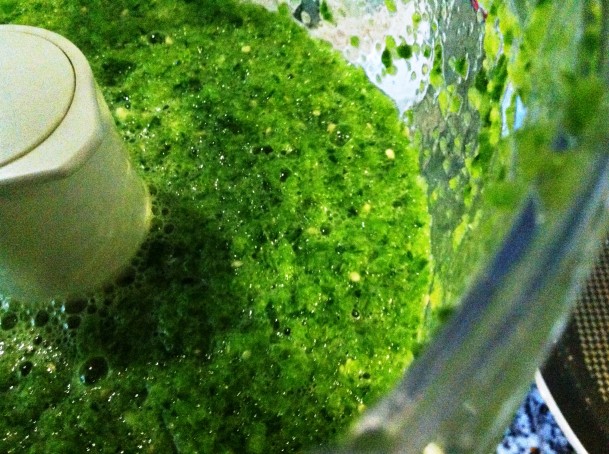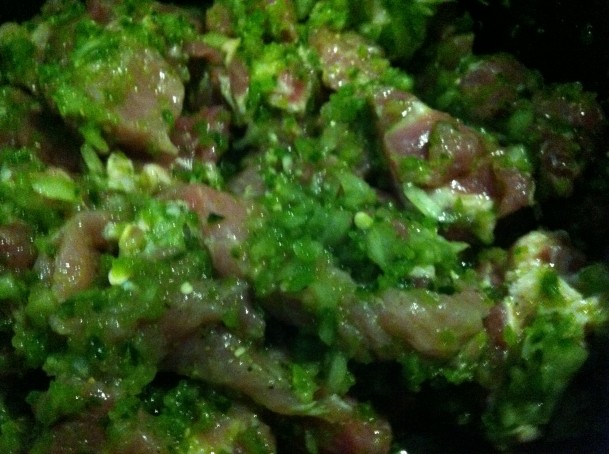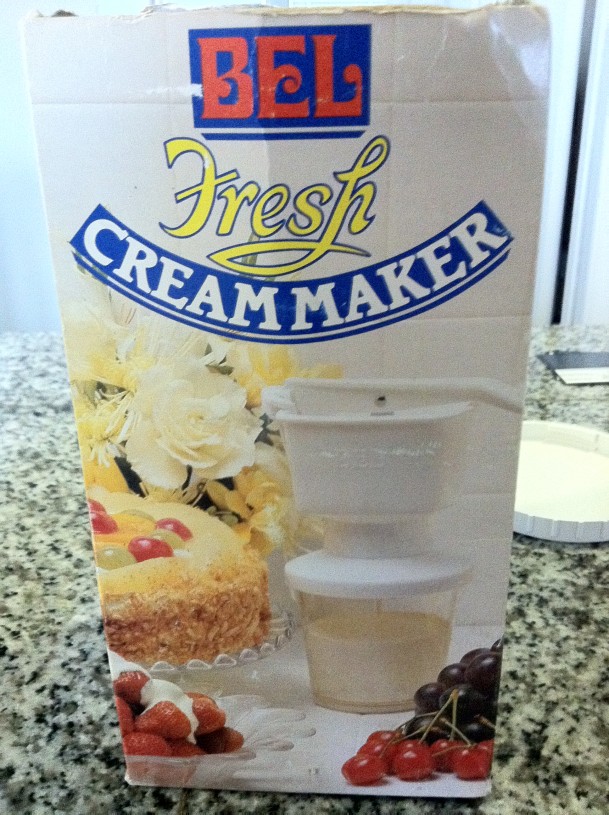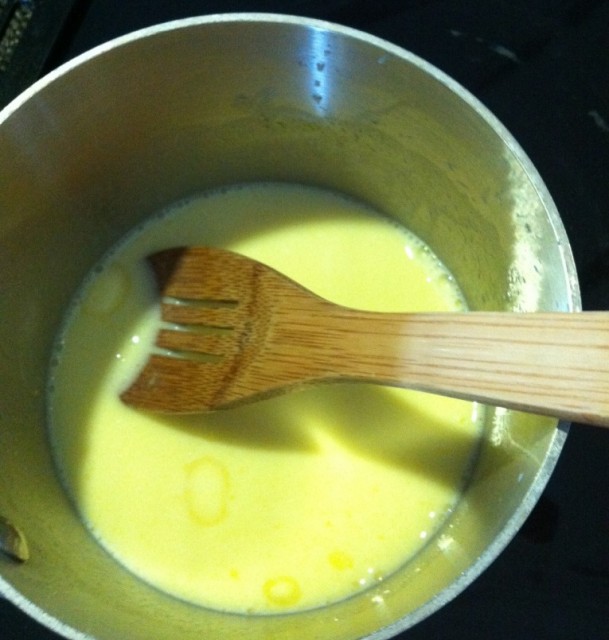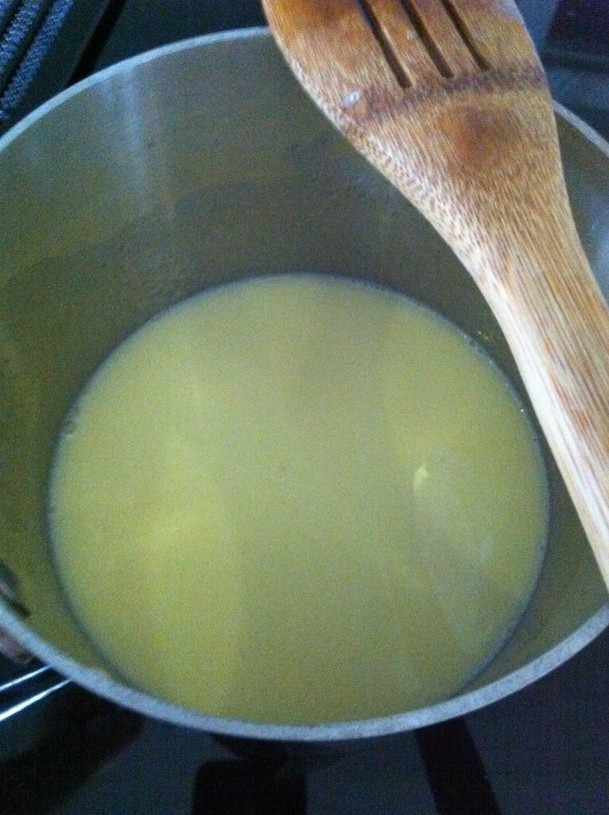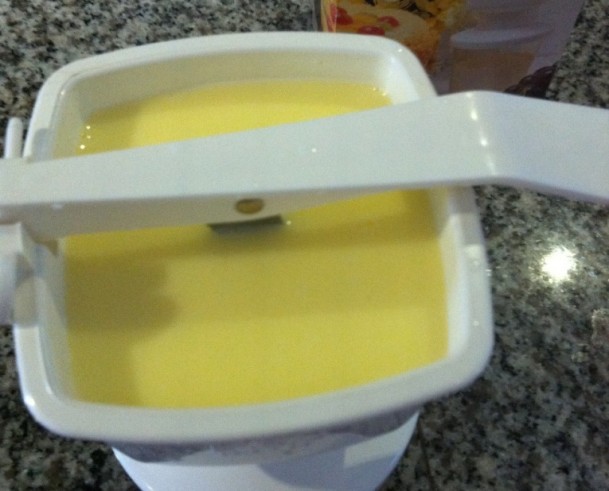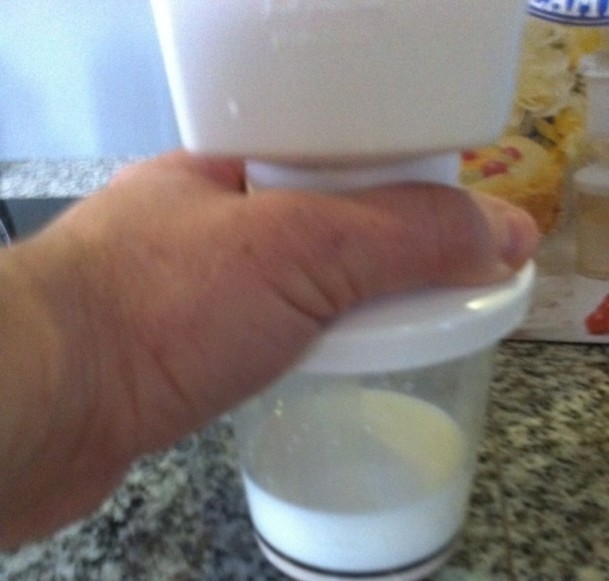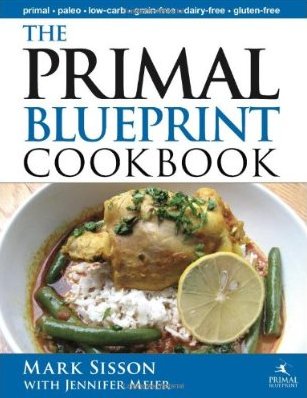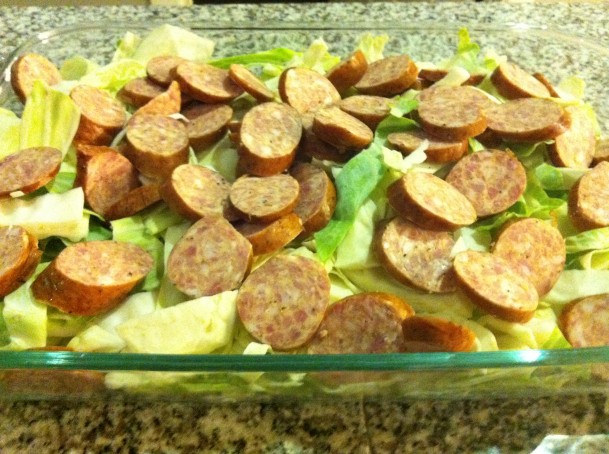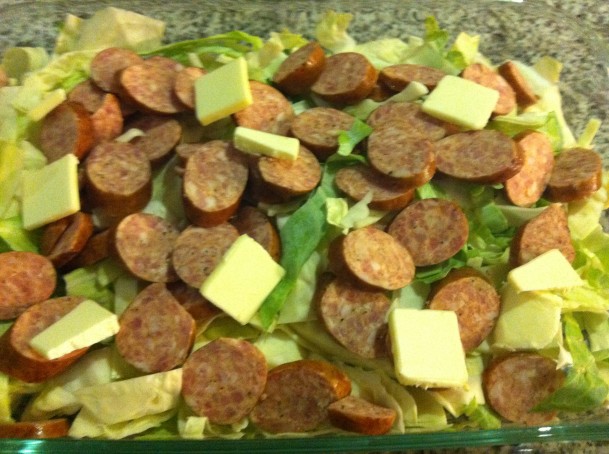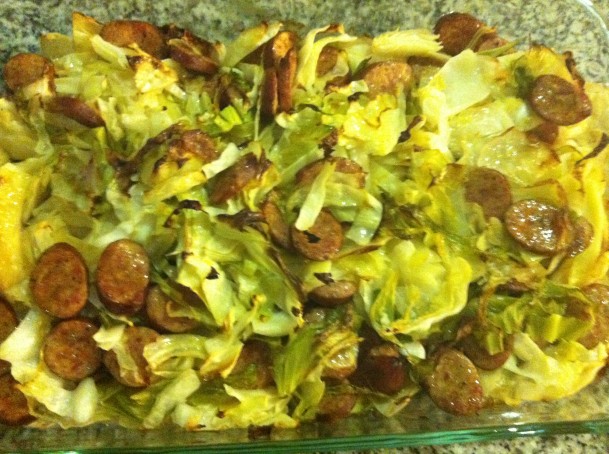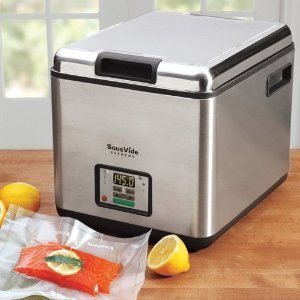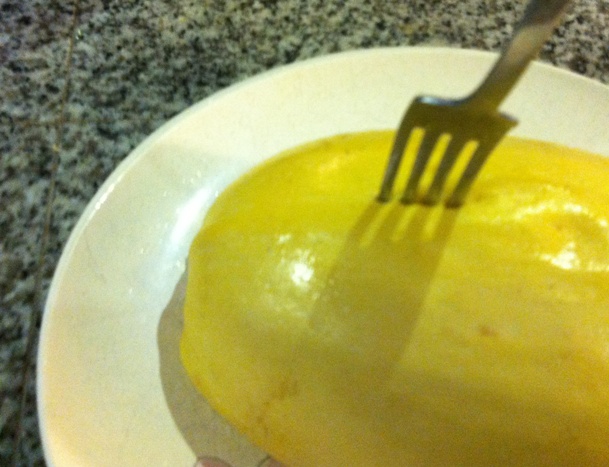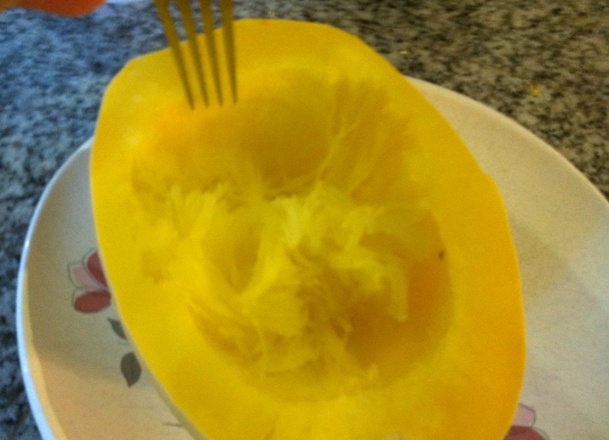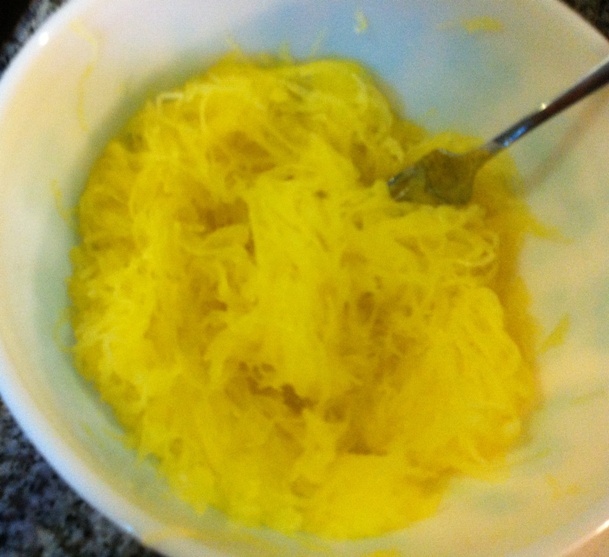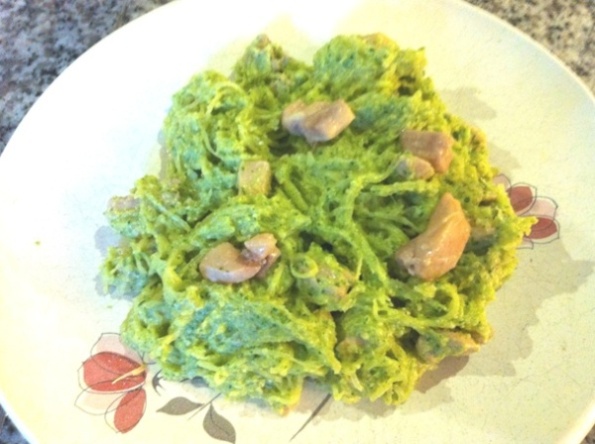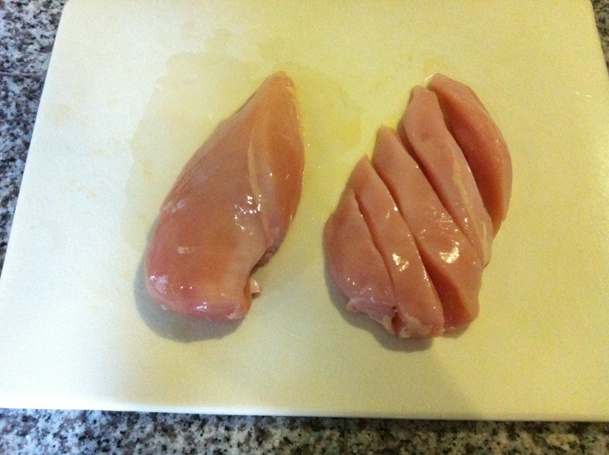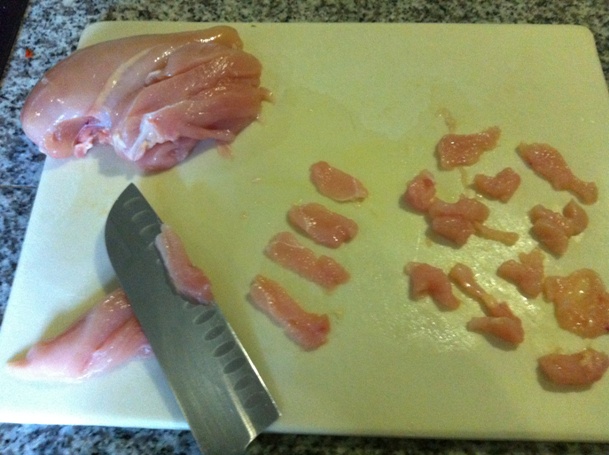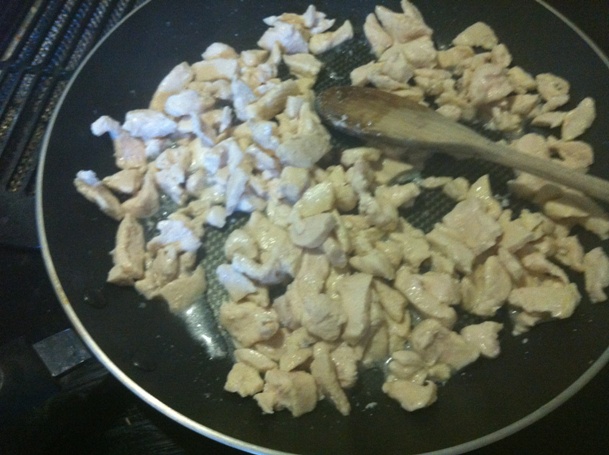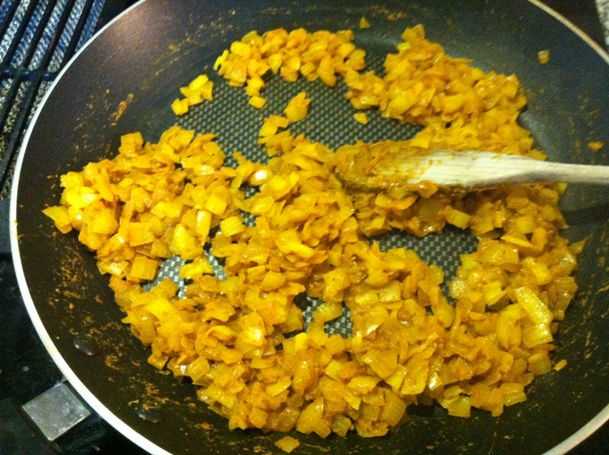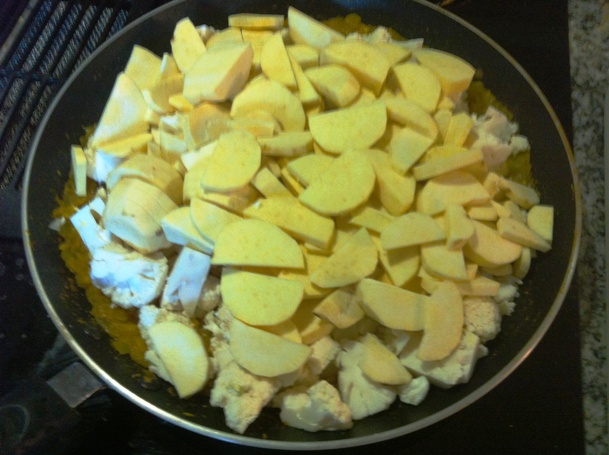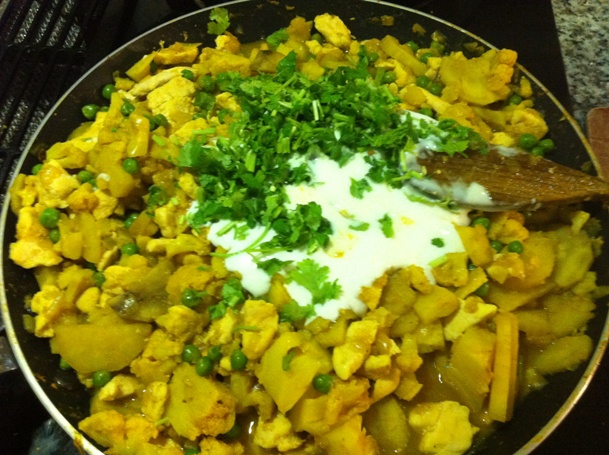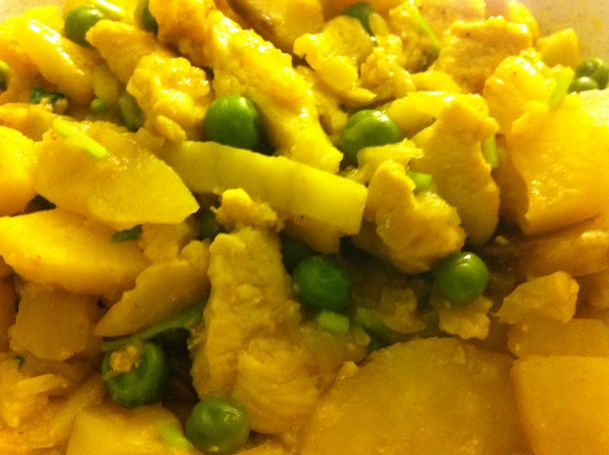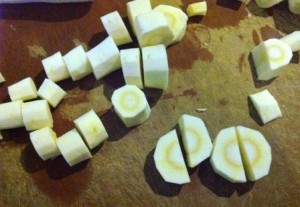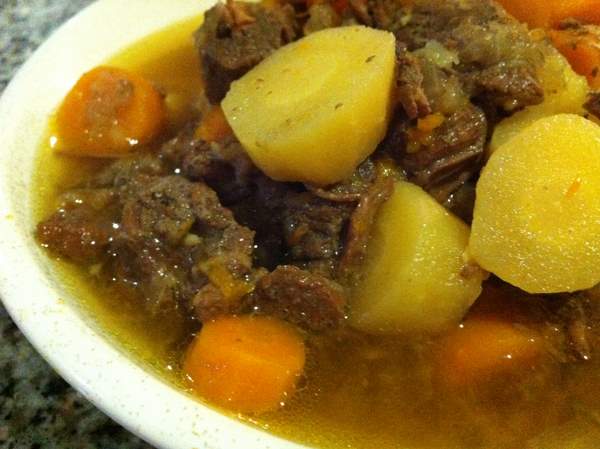This is one of my favorite Primal Recipes, one which is very simple to make. It is easy to assemble and cook, requiring nothing more difficult than chopping some vegetables and meat. It does require a pressure cooker for the method I recommend, but you can do the same thing with long, slow simmering, but plan on the recipe taking about four hours rather than the one hour required in a pressure cooker. Also please note that the heat factor of this recipe is pretty mild despite the presence of several kinds of chile peppers, but I offer some ways you can boost the heat at the end of the recipe if you so desire.
Primal Chili Pork Verde Recipe
Ingredients:
Pork (I often use a pork butt roast), about 3-4 pounds
3 Poblano Chile Peppers
3 Jalapeno Peppers
3 Serrano Peppers (or 3 more Jalapenos if you can’t find Serranos)
½ pound Tomatillos
1 Onion, minced or diced
5 or 6 cloves of garlic, minced or put through a garlic press
Salt & Pepper to taste
Lime juice from 2 fresh limes
Toppings:
Chopped Cilantro
Diced Avocado
Shredded Cheese (I use a pre-shredded Mexican Cheese blend)
To begin with, you need to chop or mince the onion. Since the later part of the recipe requires using the food processor, I just toss the onion in and give it several fast pulses until it is broken down into small pieces. Then transfer the onion to the pressure cooker vessel.
Next, clean and seed the peppers. Discard the seeds and add the flesh of the peppers to the food processor fitted with the blade attachment. Chop the tomatillos in half and add them to the food processor. Add one cup of water and turn the processor on. Process until the peppers are fully broken down and partially liquefied, about one or two minutes. (You may add more peppers if you choose; the recipe as designed is actually not very spicy, but you can add more jalapenos either now or at the end if you prefer it spicier).
Transfer the pepper mixture to the pressure cooker.
Now you need to break down your pork meat into stew sized pieces. I often start with a whole pork butt roast, and then chop it into pieces about ¾ inch cubed, but you can make the pieces smaller or larger, depending on your preference. I am careful to discard any tough or fibrous or gristly pieces I come across. In Texas, we have a store called HEB that sells cryovac packages of pork meat labeled “Carnitas”, and I often use that meat (which comes in multiple large chunks) instead of the pork butt because it is cheaper and similar in quality. Feel free to use any cheap cut of pork, because the length of cooking in the pressure cooker will tenderize almost any cut of meat, but be careful not to pick a piece that is too lean, and make sure when you are picking out the tough parts that you don’t discard too much fat. This dish requires some fat to make it rich and flavorful.
Add your pork to the pressure cooker vessel. Then add your minced garlic. Add salt and pepper to taste (and don’t be shy with the salt—remember that it needs to flavor three or four pounds of meat)! Squeeze in the juice of one lime. Give everything a good stir and then place the vessel in the pressure cooker. Set the cooker on ‘High’ and cook for 55 minutes.
After the meat is done cooking, you will want to carefully release the pressure and then give everything a good stir (the meat tends to stick together in the center of the pot during cooking, but it breaks apart easily). Let the meat cool for a few minutes as you assemble the toppings.
I choose to use diced avocado and chopped cilantro as the toppings for my primal chili pork verde, but you can use whatever you want. Many families will traditionally serve this green pork stew over rice or over tortilla chips (corn chips), so if I’m making this for a crowd, I will often offer that on the side (and simply skip it myself). I also put shredded cheese on top of mine. I know a few people who like to add a dollop of sour cream, and it sounds good as I write it, so I think I will try that next time! One thing to note: cilantro can taste kind of ‘off’ or soapy if it sits around for a long time after being chopped, so I usually chop it at the very last minute.
Just before serving, stir in the juice of one more lime to give the dish a bit of brightness. Feel free to add some finely minced peppers at this point, too, if you prefer it on the spicy side—the long cooking mellows out the heat of the cooked peppers, so adding some at the end is an easy way to boost the heat. You can even offer the minced peppers on the side so your guests can doctor their stew to their own desired heat level.
This dish is great as leftovers, and it reheats beautifully, but the avocado and cilantro don’t hold so well, so I will usually chop some fresh toppings to go with the leftovers on the day I am serving them. This recipe is so good that it makes me glad that I follow the Primal Blueprint method rather than trying to figure out how to make a Paleo friendly pork stew recipe, because how could you possibly make this without using any chile peppers? I simply couldn’t give up healthy, flavorful, and nutritious peppers!
